Introducing Clematis Vine
Hey there all you garden gurus! Welcome back to Dirt Therapy where we aim to take the guessing game out of gardening! This week we are going to do a deep dive into a familiar favorite! Are you looking to add drama, color, and elegance to your garden? Meet Clematis Vine!
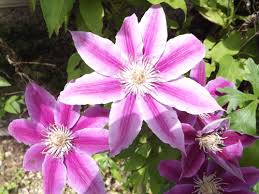 Clematis is a climbing superstar known for its dazzling blooms and vertical flair. Whether it’s draping over arbors or weaving through fences, clematis brings a touch of magic and whimsy to any outdoor space.
Clematis is a climbing superstar known for its dazzling blooms and vertical flair. Whether it’s draping over arbors or weaving through fences, clematis brings a touch of magic and whimsy to any outdoor space.
I still remember the first time I planted Clematis. I pictured a cascade of vibrant blooms climbing gracefully up my trellis—but by midsummer, the dream had wilted right along with the plant. And the next spring? Nothing. Just bare stems and disappointment. If that sounds familiar, you’re in good company.
Clematis has a reputation for being a bit tricky, but once you know its secrets, it becomes a true star of the garden. Let me share what I’ve learned so you can skip the heartache and grow your own stunning, storybook-worthy Clematis.
What is Clematis Vine?
If you have never heard of Clematis before, it is a variety of flowering vines in the buttercup family (Ranunculaceae), with over 300 species and countless hybrids.
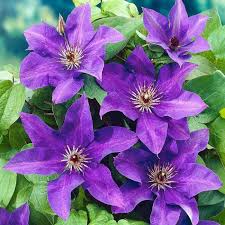
The name Clematis comes from the Greek word “klematis,” which means vine. It is nicknamed “The Queen of Climbers.” Most species are called clematis, but it has also been called traveller’s joy, virgin’s bower, leather flower, or vase vine. It’s also been called “Old Man’s Beard,” because of the long fluffy seed heads that look similar to an old man’s beard.
Clematis is prized for its striking flowers, which come in an array of colors, shapes, and sizes. The standard clematis flower has six or seven petals, measuring five to six inches across. It comes in a range of colors from light lavender to deep purple, white to wine red, and even a few in yellow.
Vine with a Vision: Clematis Growth Habits
- Growth Type: Most clematis plants are climbing vines that either lose their leaves in winter or stay green all year, but some types grow more like small bushes or leafy plants instead.
- Height: Can range from compact 2-foot varieties to towering 20+ foot vines.
- Bloom Time: Varies by type—some bloom in spring, others in summer or fall. Some even bloom twice!
- Flower Types: Single, double, bell-shaped, or star-like blossoms.
- Colors: Purple, blue, pink, white, red, bicolor, and even yellow.
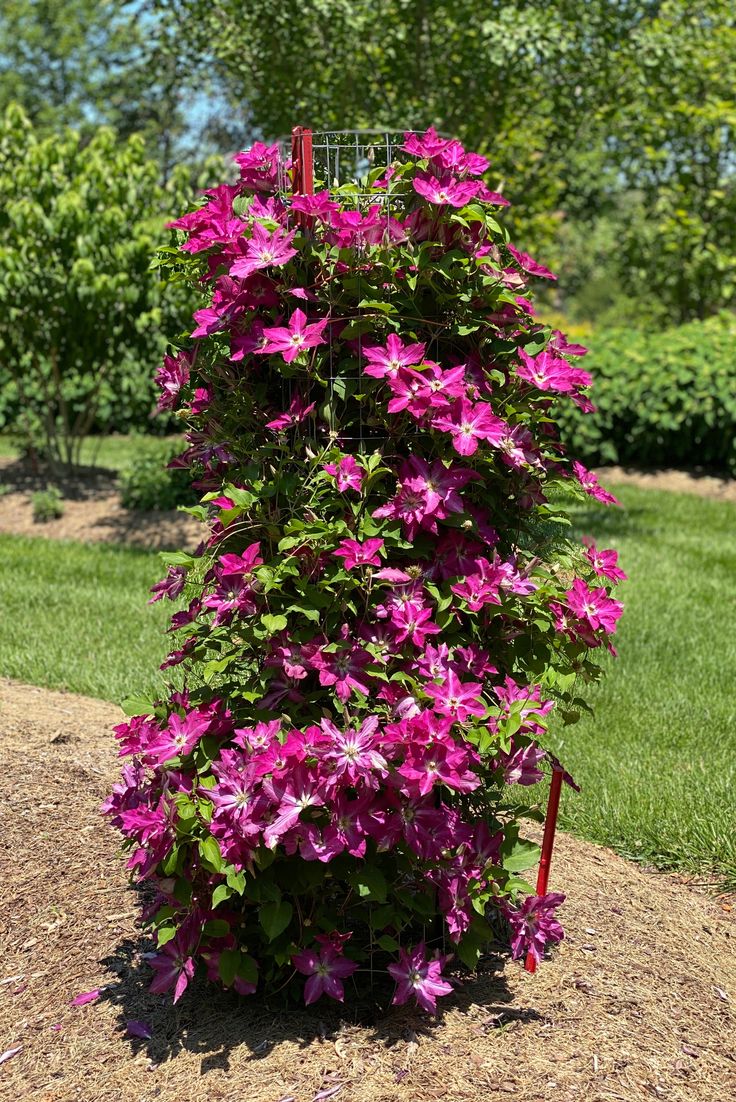

Perfect Conditions for a Regal Bloom
- Light: Most prefer full sun (6+ hours), but roots like to stay cool and shaded.
- Soil: Well-draining, fertile, neutral to slightly alkaline soil.
- Watering: Regular watering is essential during the growing season, especially the first few years.
- Fertilizer: A balanced, slow-release fertilizer in spring helps promote blooms. (See our earlier blog post on the basics for starting a garden for more information on fertilizing!)
Pro Tip: The gardener’s rule for clematis—“Head in the sun, feet in the shade.” While Clematis love to bask in the sunlight, their roots prefer to stay cool and protected. After planting, be sure to mulch well and add ground-covering plants, bricks, or decorative stones to shade the base. We’ve heard from many gardeners heartbroken by the loss of a Clematis simply because this step was overlooked. Trust us—this is one detail you don’t want to skip!
Clematis Vine That Keep Coming Back: Kentucky’s Top Picks
As we mentioned earlier, there are over 300 varieties of Clematis to explore—but here in Kentucky, nine stand out as particularly well-suited for our climate. This is thanks to our USDA hardiness zone, which is based on the average lowest winter temperatures in a region. Choosing plants that match your zone is key—if they’re not hardy enough, even perennials like Clematis may not survive the winter and return the following year. We’ve put together a helpful chart featuring nine Clematis varieties that thrive in Kentucky—along with key details to help you choose the perfect match for your garden. Take a look!

Cut with Confidence: Clematis Pruning Made Easy
Clematis bloom either on old growth (stems from the previous year) or new growth (fresh stems from the current year). Pruning at the right time helps your clematis flower more and stay healthy. Think of it as resetting the plant each year so it can grow back even better. Pruning a Clematis vine includes: cutting off dead or damaged stems, trimming back overgrowth to shape the plant, and encouraging more blooms by removing old flowers or weak stems.
When you should prune depends on what type of Clematis you have. Clematis fall into three pruning groups, which determine when and how they should be pruned:
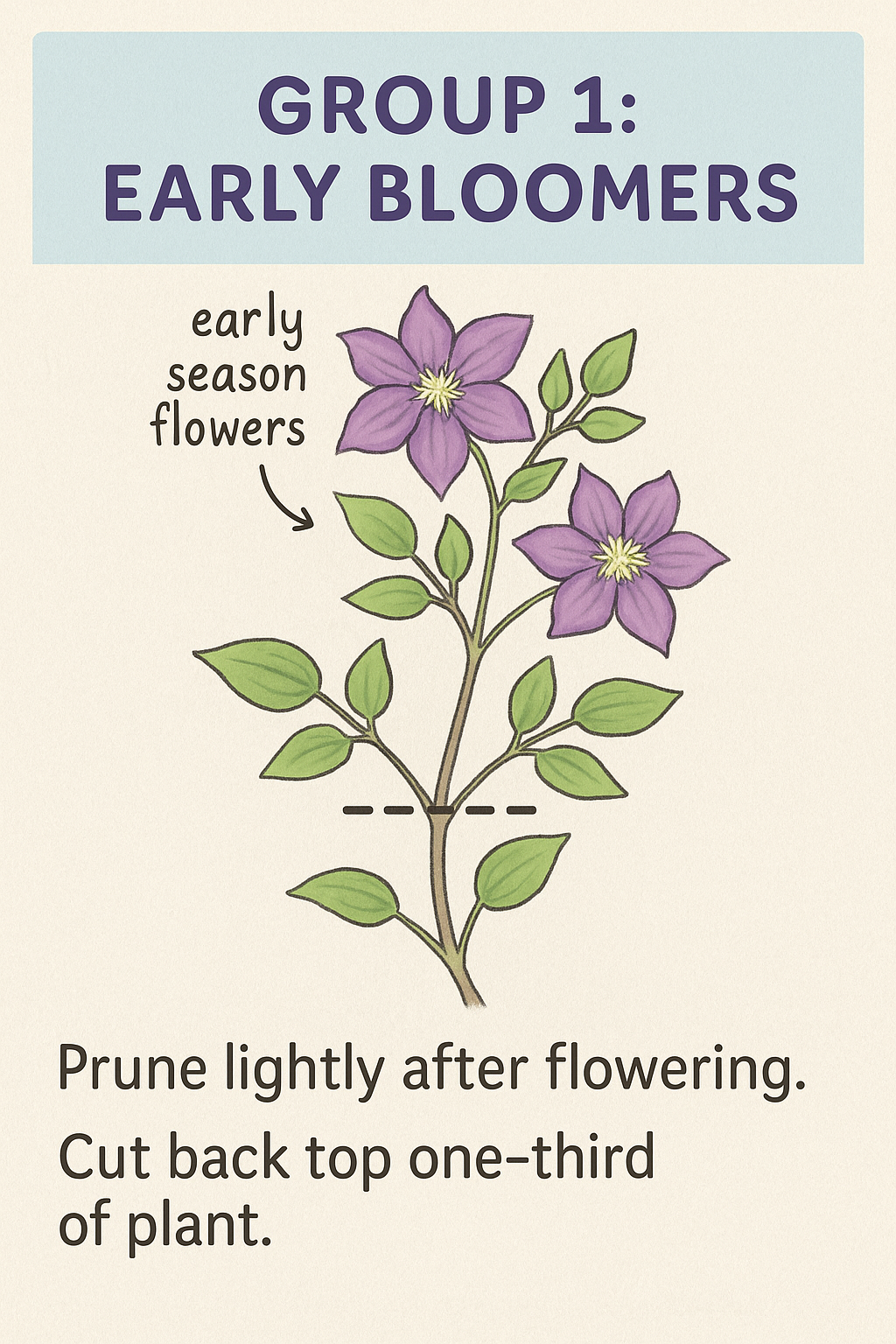
Group 1 (Early Bloomers)
- Flowers bloom on old wood (stems from the year before)
- Flowering begins in early to mid spring
- Prune right after flowering (if needed) in the late spring or early summer
- 💡 Skip pruning in early spring or you’ll lose this year’s blooms.
- Only remove dead, weak, or tangled growth
- Avoid heavy pruning—these bloom on last year’s stems!
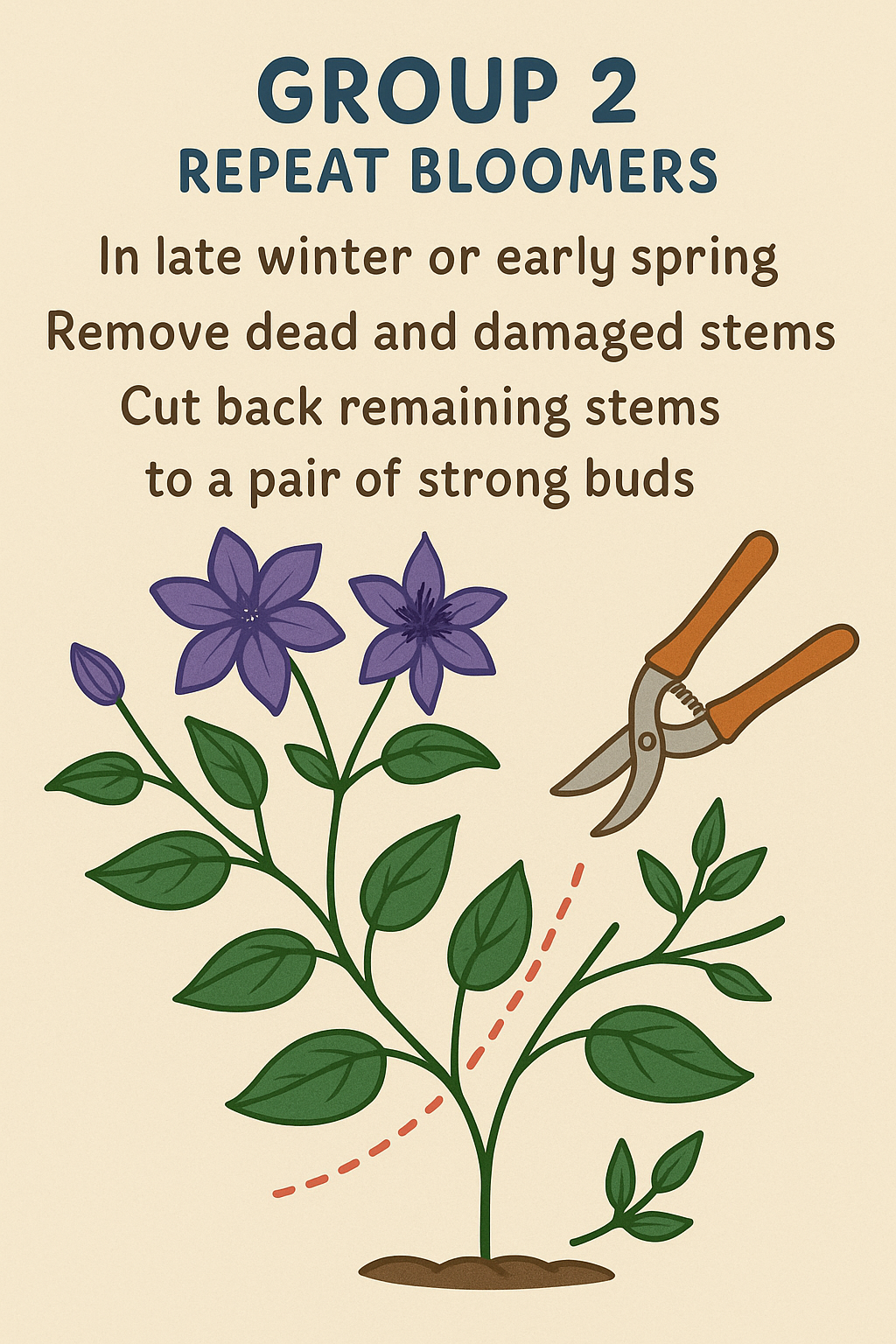
Group 2 (Repeat Bloomers)
- Flowers bloom on old and new wood allowing repeat blooming
- Flowers develop multiple times per season (first in late spring/early summer and again in late summer/early fall)
- In late winter or early spring, lightly prune to remove dead or damaged stems
- Cut back to the first pair of healthy buds
- Cut off old flowers after the first bloom to help new ones grow.
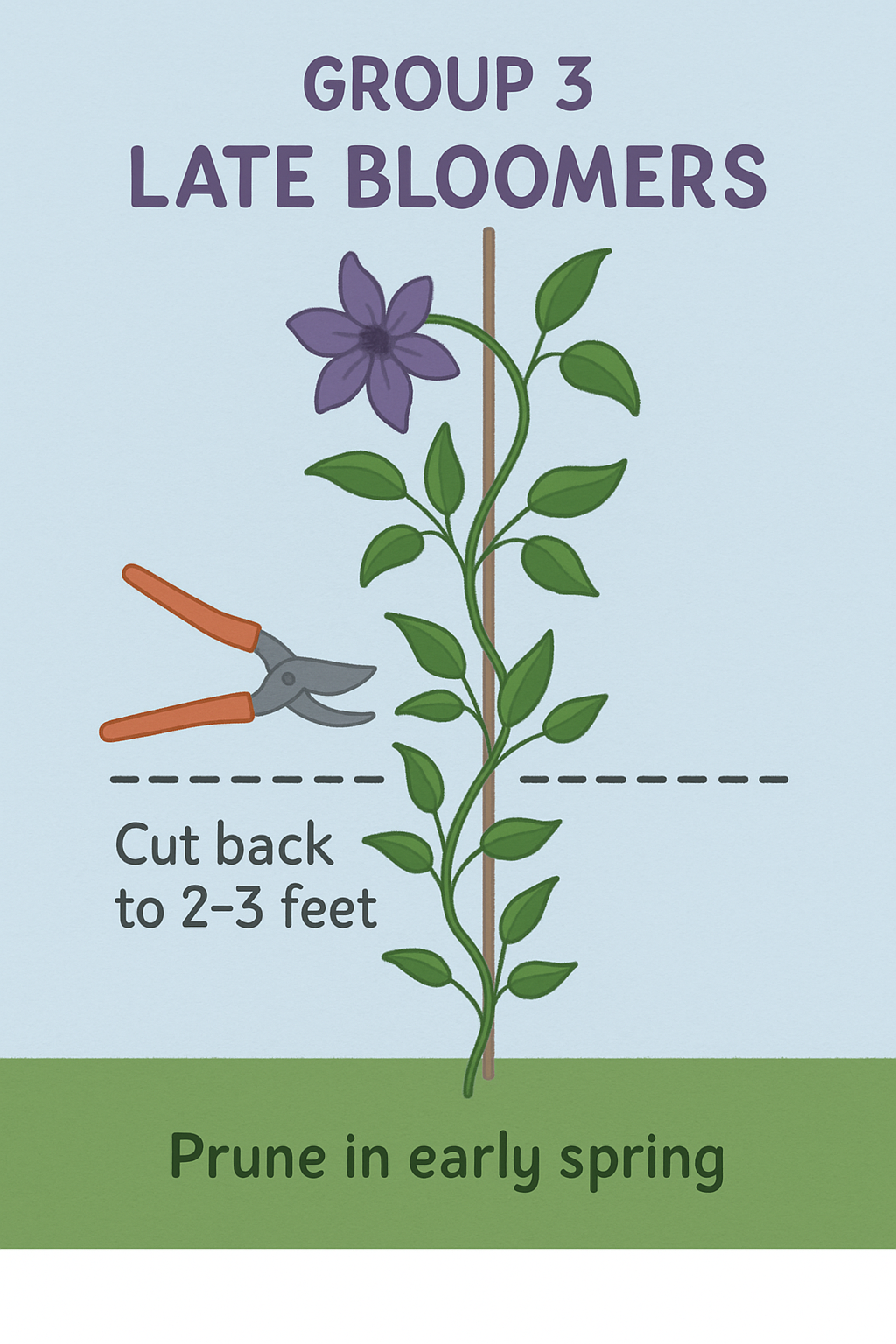
Group 3 (Late Bloomers)
- Bloom on new growth
- Flowering begins in mid to late summer or even fall
- Cut back in late winter or early spring (around February–March)
- Trim stems down to 6–12 inches from the ground, just above a pair of healthy buds
** These are the easiest—don’t be afraid to chop them back!**
In Conclusion
Clematis may be known as “The Queen of Climbers,” but with the right care, it’s not nearly as high-maintenance as it sounds. Whether you’re drawn to early bloomers, repeat performers, or show-stopping late-season varieties, there’s a clematis that can bring vertical beauty and vibrant color to your Kentucky garden year after year.
Remember the golden rule—“Head in the sun, feet in the shade”—and don’t be afraid to prune with purpose. With the tips and tools you’ve picked up here, you’re well on your way to growing a Clematis that doesn’t just survive, but truly thrives.
Now go ahead—pick your favorite variety, grab your garden shears, and get ready to add a little climbing magic to your landscape.
As always…HAPPY PLANTING EVERYBODY!!!
Need help getting your garden started? Check out this post with some hepful tips!


Recent Comments